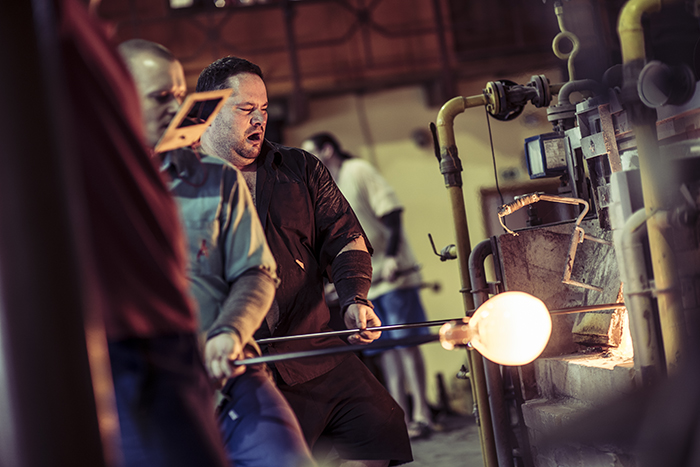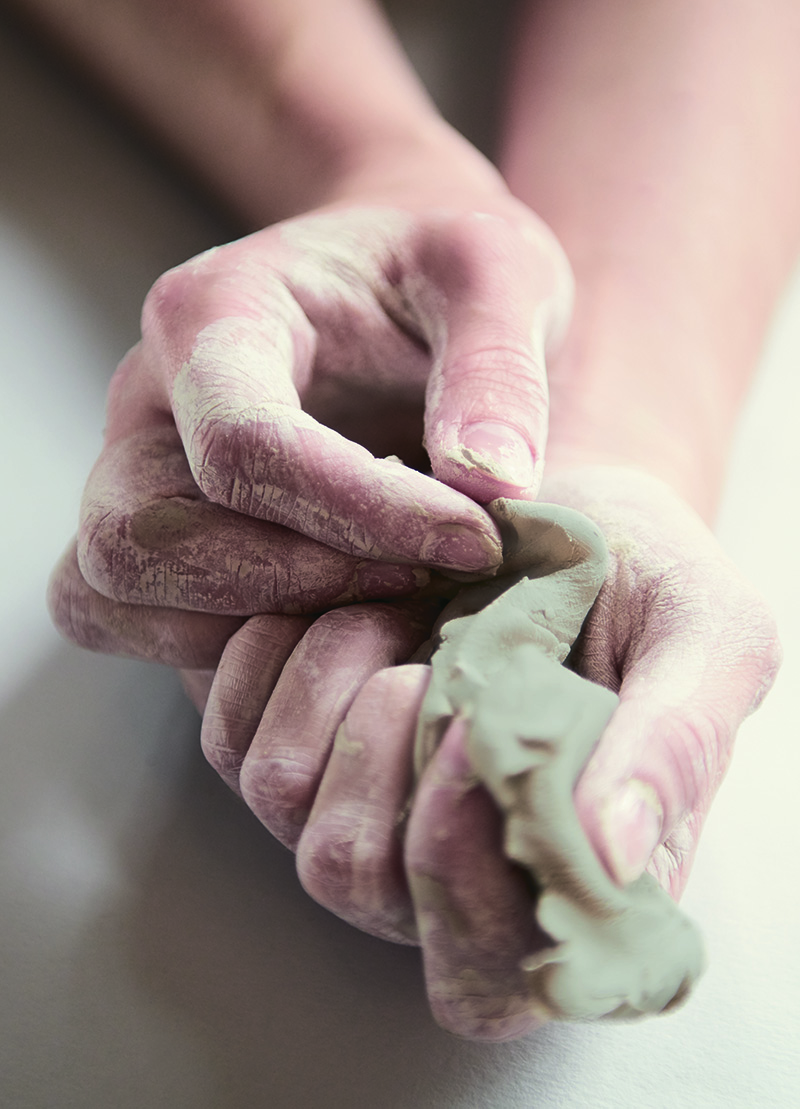Craftmanship V Technology
We have all seen the growing trend of designers specifying furnishings which is softer in feel and look, with natural materials such as leather, wool and wood becoming more and more common. This trend moves away from familiar plastics and metals which once filled our offices and commercial spaces.
Much of the design language being sought by interior designers references traditional manufacturing, and often craft, techniques. But with huge technological advances being made in manufacturing every day, we ask; Can craftmanship and technology sit together in harmony?
We want to know how the design community compare these two sides of the spectrum and whether one is more important than the other? With advances in technology is it easy to forget about the traditional ways of making products but are these traditional methods and practices really being lost to the archives? We asked Leon Jakimic, CEO at Bespoke Glass Manufacturer Lasvit, here is what he had to say,
We asked Leon Jakimic, CEO at Bespoke Glass Manufacturer Lasvit, here is what he had to say,
“I feel that nowadays, that the whole planet, the whole world is becoming over-technologized. Everything is getting kind of very hectic and technological focused.”
Lasvit are trying to keep a balanced approach, and Leon continued by saying,
“We are creating a nice antidote, using something handmade and handcrafted. Yet not being opposed to the use of technology but combining with technology. We like to utilise technology but in collaboration, or in communication with something kind of old fashioned, handmade and artistic. And this is for me, the future of the world of lighting and design.”
 Sarah Evans, Head of Channel Marketing at Hansgrohe took a similar view and commented,
Sarah Evans, Head of Channel Marketing at Hansgrohe took a similar view and commented,
“Craftmanship and Technology absolutely have to be interlinked. Our beautifully crafted products are useless if they don’t work and for us it’s all about providing an experience. All the technology of our products is hidden behind the design of the piece. Because you can’t see it but it works so well, that creates the experience.”
Sarah’s final statement was,
“Honestly, it’s just part of having pride in what you do, and for us there is no craftsmanship versus technology. They’re together and they have to be.”
A company taking different approach is Lincrusta. A company that still uses the most beautiful steel rollers from the 1870s to create traditional wallcoverings, has decided to take a step into the modern world.
MD, Martin Kellaway says,
“With the arrival of 3D technology, or additive printing, we’re now of course able to make an emboss from the various resins that are available on the market. From our point of view the biggest gain is probably not so much on cost, but on time. Our objective is to be able to reduce the time of engraving from anywhere up to six months or more, down to maybe as little as a month”
Even with Lincrusta’s move towards technology, it hasn’t taken away from the fact that craftmanship is still highly important and the product is still very much in the artists hands. Martin continued to say;
“It really isn’t a question of technology replacing craft, but the age-old craft taking on the technology of today.”
One of our favourite pieces at Clerkenwell Design Week was the collaboration between Brinton’s and Shezad Dawood. Shezad as an artist and filmmaker gave us an insight to how transferrable his artistic techniques are to Brinton’s loom technology. He said;
“A lot of people have said that taking something from painted medium, into this sort of high-tech technology, would be difficult. But in a sense, apart from being able to use 32 colours, the automation of the looms, hasn’t changed in 200 years. That was quite fascinating, that you’re working in this way that feels entirely new and contemporary, but actually has a whole historical tradition to it.”
Our conversations have shown that there is an emerging trend of the craftsmanship of an object is becoming a much bigger factor, being important to both the designers and clients. Our discussions seem to point to the fact that Craftsmanship and Technology should work in harmony with each other. Traditional techniques will never be forgotten, and the artistry will always be there. However, with emerging technologies, designers must look at how they can enhance their products.





Comments